- Understanding the Most Frequent Homeowners Claims
- The Role of Preventive Maintenance in Avoiding Claims
- Safety Upgrades That Lower Insurance Risks
- Lessons Learned from Past Homeowner Incidents
- The Importance of Regular Home Inspections
- How to Address Electrical and Fire Hazards
- Structural Repairs and Their Impact on Insurance Claims
- Mitigating Water Damage: Strategies and Best Practices
- Navigating Legal and Insurance Aspects Successfully
- Creating a Home Safety Plan to Prevent Future Claims
1. Understanding the Most Frequent Homeowners Claims
Homeowners often face claims related to water damage, fire, theft, and structural issues. These claims usually arise from accidents or neglect of critical repairs. Understanding the leading causes of homeowner claims helps you focus on prevention. From burst pipes to electrical mishaps, knowing what triggers a claim is the first step toward safeguarding your home.
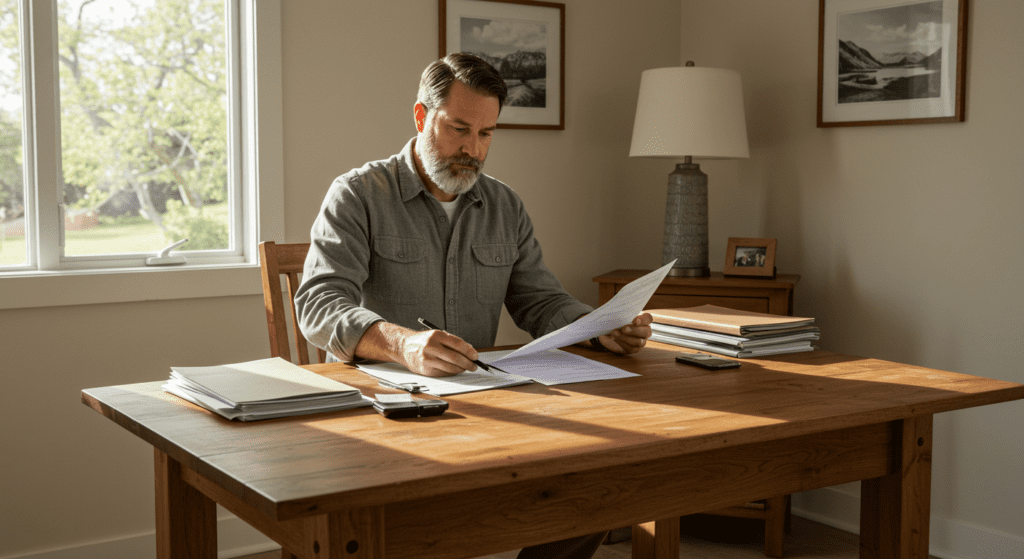
2. The Role of Preventive Maintenance in Avoiding Claims
Regular preventive maintenance is vital to reduce the risk of costly claims. Routine upkeep of roofs, plumbing, and HVAC systems extends the lifespan of these critical elements. For example, cleaning gutters before heavy rain seasons or servicing HVAC units annually can avoid unexpected failures. A maintenance schedule keeps your home in good condition and can lower your insurance premiums. Homeowners who invest time in preventive maintenance witness fewer claims and enjoy lasting peace of mind.
3. Safety Upgrades That Lower Insurance Risks
Investing in safety upgrades not only protects your home but can also lead to reduced insurance costs. Installing smoke detectors, fire extinguishers, and alarm systems can significantly lower the risk of fire-related incidents. Moreover, modernizing your home with smart security cameras and automated systems adds an extra layer of protection. Insurance companies often reward these upgrades with lower premiums, as they indicate a proactive approach to risk management.
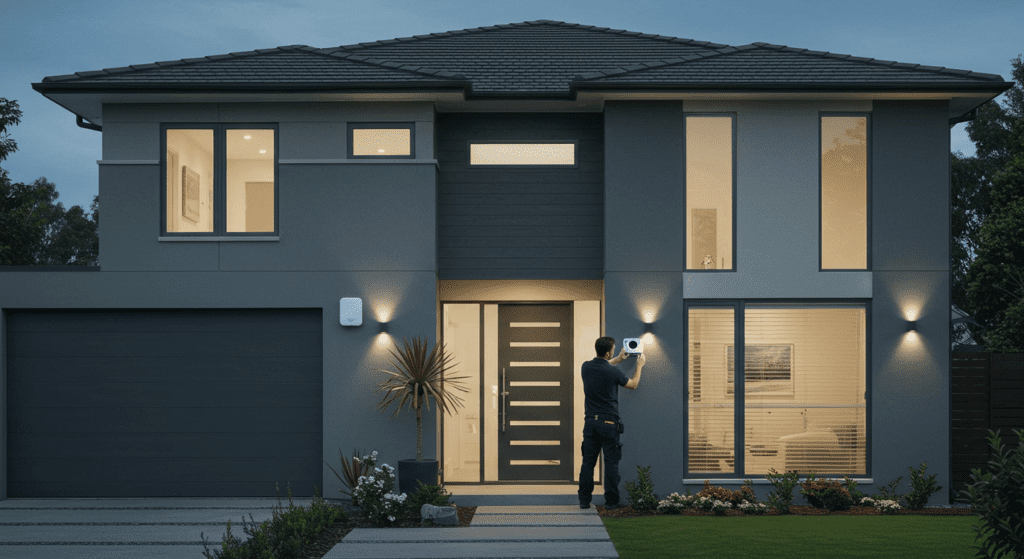
4. Lessons Learned from Past Homeowner Incidents
Real-life incidents offer valuable lessons for homeowners. Many claims stem from common oversights, such as neglecting minor repairs that eventually lead to major issues. For instance, a small leak can evolve into extensive water damage if left unattended. Sharing these experiences helps the community learn and adapt better preventive measures. Homeowners who review past incidents often implement similar solutions, reducing the likelihood of experiencing similar problems themselves.
5. The Importance of Regular Home Inspections
Regular home inspections are crucial for detecting potential problems before they turn into expensive claims. Professional inspectors can uncover hidden issues like mold, pest infestations, or structural damage that may go unnoticed in daily upkeep. Scheduled inspections provide insight into your home’s health and help prioritize necessary repairs. Over time, consistent inspections can play a significant role in maintaining safety and reducing the frequency of insurance claims.
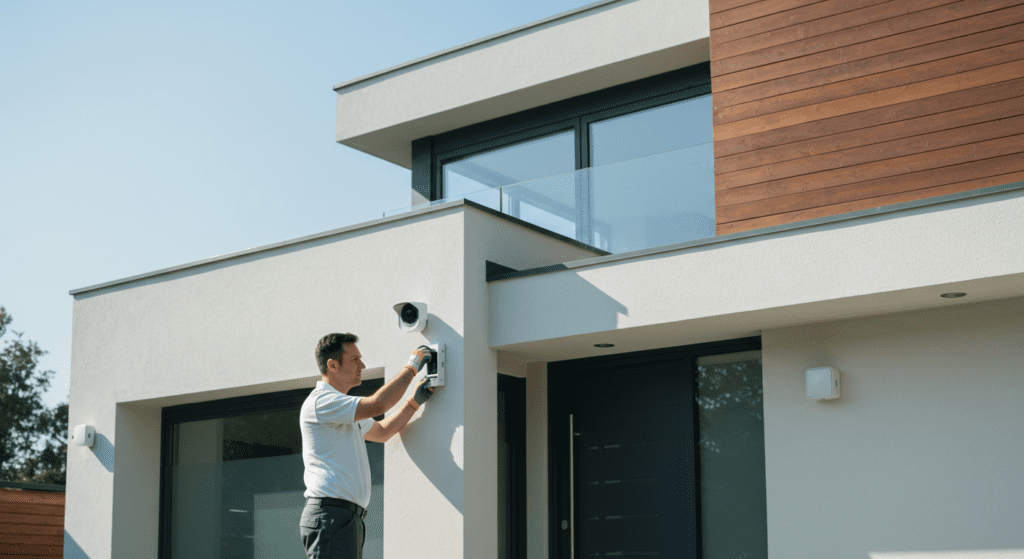
6. How to Address Electrical and Fire Hazards
Electrical and fire hazards pose significant risks to homeowners. Faulty wiring or outdated electrical panels can spark dangerous fires. To address these risks, consider upgrading electrical systems and installing new circuit breakers where necessary. Regularly inspect outlets and cords for wear and tear. Additionally, having a comprehensive fire safety plan—including accessible fire extinguishers and evacuation routes—ensures that you are prepared in the event of an emergency. These steps not only secure your home and loved ones but also make your home more attractive to insurers.
7. Structural Repairs and Their Impact on Insurance Claims
Structural integrity is a cornerstone of a safe home. The failure to address structural issues, such as foundation cracks or roof damage, often results in higher insurance claims. When these problems are resolved promptly, they help maintain the stability of your home and protect its value. Homeowners should work with qualified professionals to assess and repair any structural defects. Timely structural repairs reduce the risk of long-term damage and contribute to a safer living environment, something insurance companies value highly.
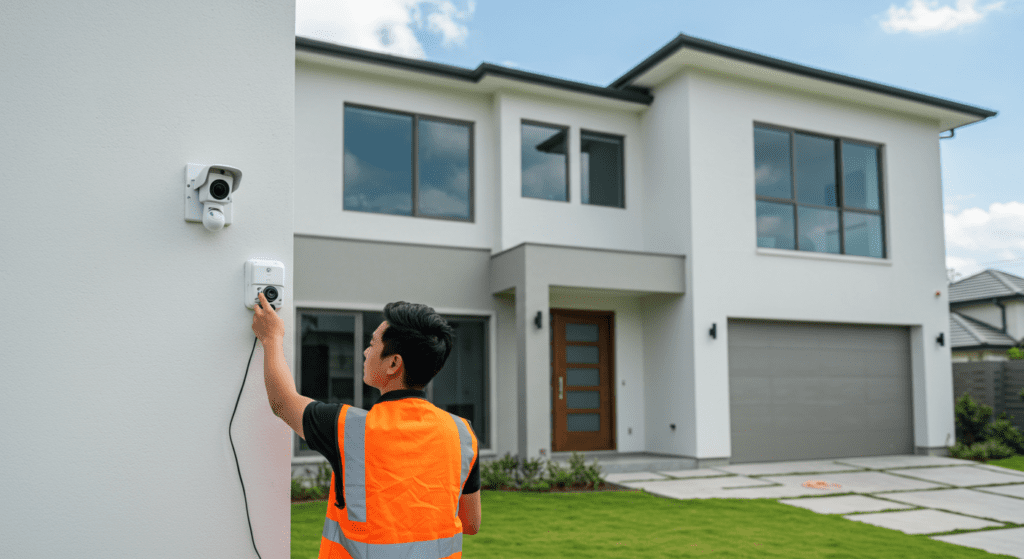
8. Mitigating Water Damage: Strategies and Best Practices
Water damage is one of the most frequent causes of homeowners claims, yet it is often preventable with the right strategy. Regularly check your roof, windows, and foundation for leaks and cracks. Ensure that your gutters are clear of debris to facilitate proper drainage. Installing water leak sensors in vulnerable areas like basements and utility rooms provides early warnings of potential problems. Additionally, consider landscaping that directs water away from your home. These best practices significantly reduce the risk of water damage and help maintain your home’s integrity.
9. Navigating Legal and Insurance Aspects Successfully
Understanding the legal and insurance aspects of homeownership is essential. Familiarize yourself with your homeowner’s insurance policy and know what it covers. Regularly update your policy to reflect any major home improvements. When navigating claims, documentation is key. Keep detailed records of maintenance, repairs, and any incidents that occur. Being proactive in understanding legal obligations and insurance requirements can help smooth the claims process and prevent disputes when incidents arise.
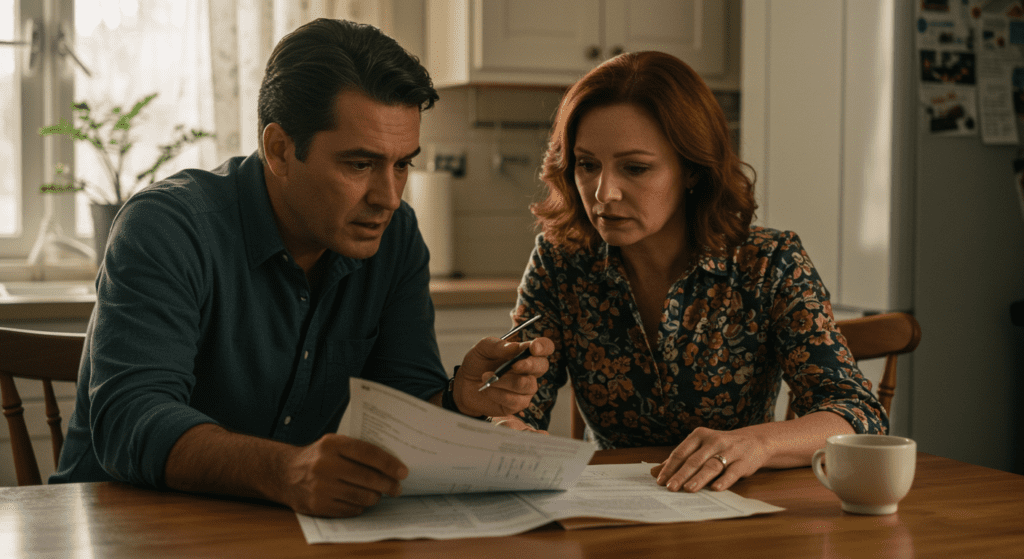
10. Creating a Home Safety Plan to Prevent Future Claims
A well-thought-out home safety plan can help you manage risks and respond effectively in emergencies. Start by conducting a thorough risk assessment of your home. Identify the areas that are most vulnerable, such as electrical systems, water sources, and structural elements. Once vulnerable areas are identified, set up a schedule for routine checks and necessary upgrades. Include instructions for family members on how to react in emergencies, whether it’s shutting off the main water valve or using a fire extinguisher. Keeping emergency contacts readily available and ensuring everyone understands their role can drastically reduce the potential for prolonged damage after an incident.
Final Thoughts
Homeownership comes with responsibilities, including maintaining your home and mitigating risks. The lessons gained from common claims show that a proactive approach can save both money and emotional stress. Preventive maintenance, safety upgrades, regular inspections, and a solid understanding of your legal and insurance obligations all contribute to reducing the likelihood of hefty homeowners claims.
Staying ahead of problems by addressing minor issues before they turn into major concerns is key. Every proactive step you take towards maintaining your home is a step toward preventing a significant claim. Implementing these strategies can help ensure that your home remains a safe haven for you and your family while keeping insurance costs manageable.
By learning from real-life incidents and focusing on preventive measures, you can establish a safer, more secure home environment. Remember: consistent monitoring and maintenance are your best defenses against potential claims. Empower yourself with knowledge and take action today to protect your home, save on insurance, and build a better future with fewer surprises.
This article has covered the most effective ways homeowners can reduce risks and handle potential claims before they become expensive issues. Whether you’re addressing structural repairs, scheduling regular inspections, or updating your safety measures, each effort adds up to a safer living space. Embrace these practices and encourage community sharing of similar experiences to further improve home safety across neighborhoods.
